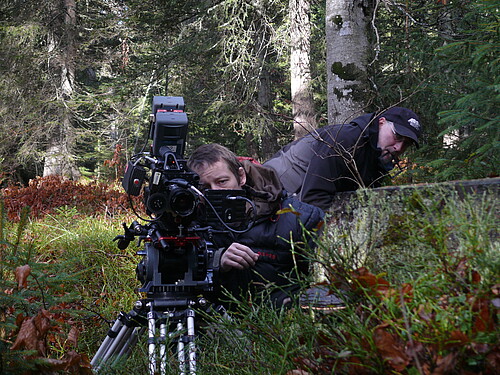The impact of game on forest regeneration continues to increase in Switzerland
Sandro Krättli 1,2,* , Harald Bugmann 3 , Marco Conedera 4 , Christof Gantner 1,5 , Andrea Doris Kupferschmid 1,6 , Simon Meier 1,7 , Nora Zürcher 1,8 , Samuel Zürcher 9 1 Arbeitsgruppe Wald und (...)

